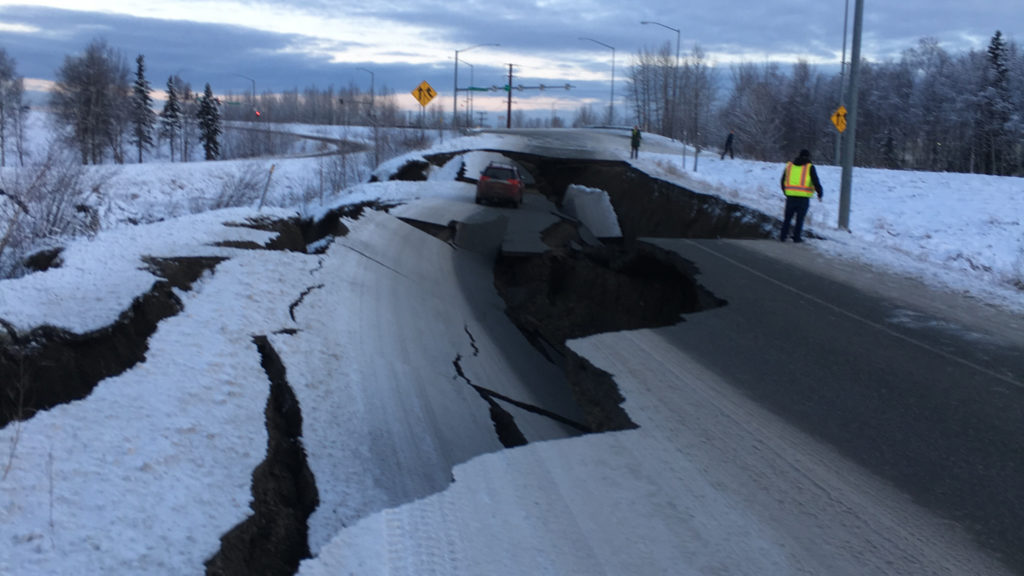
🌍 1. The Earthquake Event
On July 16, a powerful magnitude 7.3 earthquake struck off the coast of Alaska, about 54 miles south of Sand Point in the Aleutian chain, at a shallow depth of ~12–13 miles . The quake rattled several communities and was felt as far away as Anchorage—nearly 600 miles to the northeast .
⏰ 2. Tsunami Alert & Advisory
Immediately after the quake, the National Tsunami Warning Center issued a tsunami warning covering a 700-mile stretch along Alaska’s southern coast, spanning from Kennedy Entrance to Unimak Pass, including key towns like Kodiak, Cold Bay, Unalaska, King Cove, and Homer
Within about an hour, officials downgraded it to a tsunami advisory—cautions to avoid water and beaches—and canceled the alert completely by about 2:45 pm local time
🌊 3. Observed Tsunami & Impact
- A buoy at Sand Point recorded a small wave rise of 0.2 ft (~2.5–3.9 inches)
- No significant damage or casualties were reported, though minor incidents like broken bottles and the evacuation of U.S. Coast Guard personnel in Kodiak occurred
🔁 4. Seismic Activity & Aftershocks
This quake is part of a growing seismic sequence in the Aleutian region—marking the fifth M7+ quake since 2020, according to state seismologist Michael West. In the first three hours, nearly 40 aftershocks occurred, including several above magnitude 5.0.
🚨 5. Community Response & Preparedness
Local alerts, sirens, door-to-door notices were used to urge coastal residents to evacuate to higher ground—especially in Sand Point, King Cove, and Unalaska. Communities leveraged natural landscape—steep terrain—for rapid safe movement .
Authorities emphasized public vigilance: “If it shakes for 20 seconds or more, head inland immediately.” P News
🕰️ 6. Historical Context & Takeaways
Alaska is among the most earthquake-prone regions in the U.S.—experiencing almost annual M7+ earthquakes . Officials remind people not to become complacent: the 1946 Aleutian quake-tsunami (M8.6) claimed ~165–173 lives, mainly in Hawaii, prompting the modern tsunami warning system.
✅ Key Insights & Safety Takeaways
| Takeaway | Description |
|---|---|
| Early Alerts | Tsunami warning → advisory → cancellation within ~2 hours |
| Observed Waves | Only small sea-level rise (<4 inches) |
| Evacuations | Proactive and effective in remote coastal towns |
| Aftershock Risk | 40+ aftershocks including magnitude 5+ events in hours |
| Ongoing Preparedness | Community readiness remains critical; history reminds us of potential threats even if all is calm now |
🎥 Recap
The were sirens blaring in coastal towns like Seward and Kodiak, residents moving to higher ground, and officials confirming a shift from caution to all-clear—all within a short and intense timeline.
📌 Conclusion
The July 16 M7.3 Alaska quake triggered a swift, well-coordinated tsunami warning response, but resulted in minimal tsunami impact. It serves as a vital reminder that even in earthquake-prone regions, preparedness and reactive systems are crucial—and can save lives, even when the ultimate threat is small.